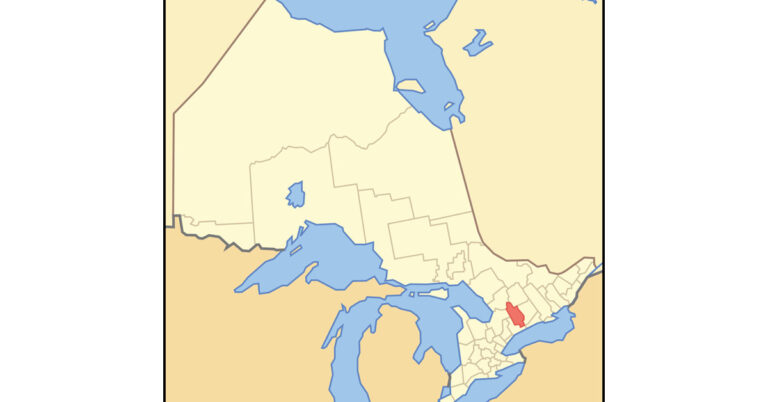Spring has sprung! And with it comes the nuisance of flies. If you are looking to get ahead of the bugs this year, you’re going to want know what makes certain flies sprays more effective than others. The trick? Learn how to read—and UNDERSTAND—fly-spray labels. Here are five important tips to help with that:

1. Go for the small print: The product claims in the big print are the manufacturers’ sales-speak, or what they think will convince customers to buy that product. Yes, this language is highly regulated by the EPA, but it’s the small print—the list of active ingredients and their percentages—that tells you the most, because the types and levels of active ingredients vary from one spray to the next, determining how well each will work.
2. Know your active ingredients: Active ingredients include insecticides, repellents and synergists. Insecticides are what kill the insects. Repellents simply repel them. Some insecticides both repel and kill. Many fly spray formulas also include synergists, which are additives that increase the effectiveness of the insecticides and repellents.
3. Think percentages: If you’re examining two bottles of fly spray trying to figure out which one is more effective, the amount of “actives” in each formula is key. Say Brand A contains .05% pyrethrins and Brand B contains .90% pyrethrins. That means there’s 18 times more active ingredient in Brand B. Which do you think will be more effective? It’s easy to be misled by brands with big claims but very low levels of actives, and therefore a lower price. With fly sprays, as with most things in life, you really do get what you pay for.
4. Consider oil vs. water: Another difference between fly sprays is that some are water-based, while others are oil-based. There are advantages and disadvantages to both. Oil-based sprays tend to work the fastest, in part because the insects just plain drown or suffocate in the oil. Oil-based sprays also put a nice shine on the horse’s coat when first applied. That said, oil attracts dust, which then sticks to the coat—so much for the shine! Plus, some horses’ skin gets burned if they’re sprayed with an oil-based product and then turned out in the sun.

5. Consider a natural fly spray: It is always a good idea to rotate your fly spray strategy throughout the season. Spring is a great time to use a natural fly spray with eco-safe formulas. A good natural option contains a combination of natural oils known to repel various insects. Because these oils only repel insects rather than killing them, natural fly sprays don’t pack the same punch as fly sprays with insecticides, so don’t expect the natural sprays to yield the same results as the more heavy-duty sprays. But a natural option is a good bet when the bug population is low, such as in the early spring and the fall.
So now you know!










